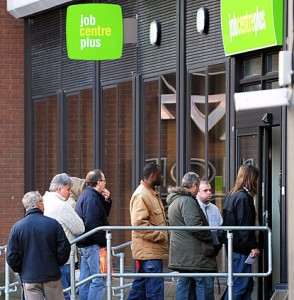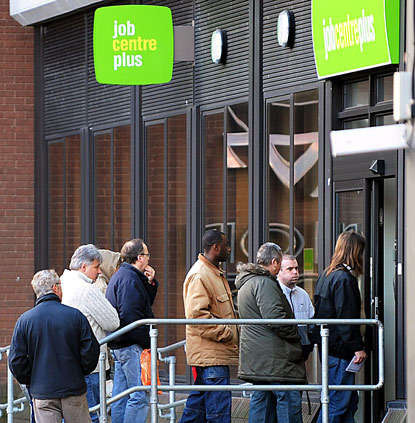 After months of increasing unemployment, the number of people out of work fell by a modest 4,000 in the three months leading up to June. 2.51 million Britons are out of work, with approximately 1.4 million individual seeking jobseekers allowance in their period of unemployment.
After months of increasing unemployment, the number of people out of work fell by a modest 4,000 in the three months leading up to June. 2.51 million Britons are out of work, with approximately 1.4 million individual seeking jobseekers allowance in their period of unemployment.
While the unemployment rate remains at 7.8 percent – a figure that still exceeds the target of 7 percent that the Bank of England is aiming for – the number of people on jobseekers benefits has hit a four-year low. At just 1.4 million people, the number of people on jobseekers benefits is at its lowest point since February of 2009.
The drop in unemployment beneficiaries comes with additional good news for many people – employment reached a record high. A growing number of Britons are now self-employed due to the somewhat sluggish economic growth, with over 4 million contractors, freelancers, and other self-employed professionals now in the UK.
Since the surprising progress in employment comes after several months of sluggish growth, the figures have resulted in some rare optimism from economists. Minister of Employment Mark Hoban claims that the new employment and benefit figures ‘paint a positive picture of the UK labour market.’
UK workers are now completing more aggregate hours than they have in the past five years, with total productivity coming close to the level achieved during mid to late 2008. Despite this, many employees are still working on zero hour contracts that guarantee relatively little in the way of stable employment.
The improved employment conditions have also failed to reach several employee demographics. Youth employment – the rate of employment amongst those aged between 16 and 24 – is at its highest rate in recent history, with 973,000 teenage and young adult workers currently seeking employment.





